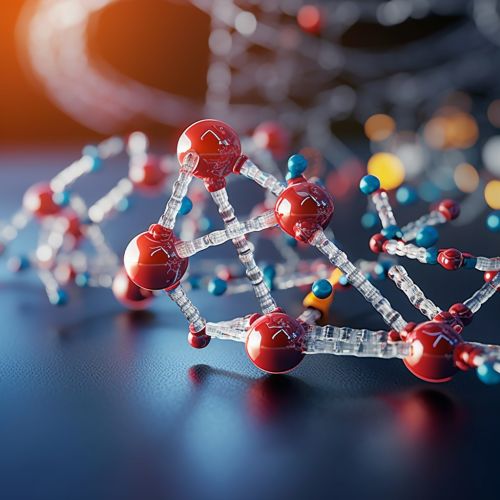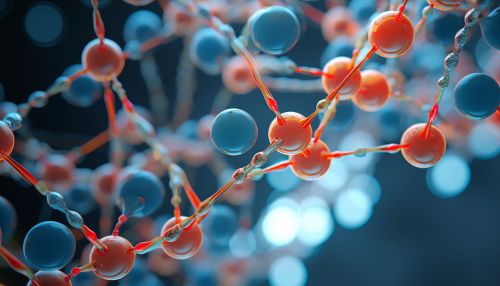Post-translational Modification
Introduction
Post-translational modification (PTM) refers to the covalent and generally enzymatic modification of proteins following protein biosynthesis. Proteins are synthesized by ribosomes translating mRNA into polypeptide chains, which may then undergo PTM to form the mature protein product. PTMs play a crucial role in cellular control mechanisms and signal transduction pathways, and are involved in various diseases, including cancer and neurodegenerative disorders.
Types of Post-Translational Modifications
There are many types of PTMs, including but not limited to phosphorylation, acetylation, methylation, glycosylation, ubiquitination, sumoylation, nitrosylation, and lipidation. Each of these modifications has a specific effect on the protein, often altering its function, location, or interactions with other proteins.
Phosphorylation
Phosphorylation is one of the most common types of PTMs. It involves the addition of a phosphate group to a protein, typically at a serine, threonine, or tyrosine residue. This modification can significantly alter the protein's function, often activating or deactivating the protein or changing its subcellular location.
Acetylation
Acetylation is another common PTM, involving the addition of an acetyl group to a protein, typically at a lysine residue. This modification can affect the protein's function and interactions with other proteins, and is often involved in the regulation of gene expression.
Methylation
Methylation involves the addition of a methyl group to a protein, typically at a lysine or arginine residue. This modification can affect the protein's function and interactions with other proteins, and is often involved in the regulation of gene expression.
Glycosylation
Glycosylation involves the addition of a sugar molecule to a protein. This modification can affect the protein's function, stability, and interactions with other proteins, and is often involved in cell-cell interactions and the immune response.
Ubiquitination
Ubiquitination involves the addition of a ubiquitin molecule to a protein. This modification can mark the protein for degradation by the proteasome, alter its subcellular location, or affect its interactions with other proteins.
Sumoylation
Sumoylation involves the addition of a small ubiquitin-like modifier (SUMO) molecule to a protein. This modification can affect the protein's function, stability, and interactions with other proteins.
Nitrosylation
Nitrosylation involves the addition of a nitric oxide group to a protein. This modification can affect the protein's function, often modulating its activity or changing its subcellular location.
Lipidation
Lipidation involves the addition of a lipid molecule to a protein. This modification can affect the protein's function, often anchoring it to a membrane or changing its subcellular location.
Role in Cellular Control Mechanisms
PTMs play a crucial role in cellular control mechanisms. They can alter the function, location, or interactions of a protein, allowing the cell to rapidly and dynamically regulate its protein machinery in response to changes in the cellular environment or signals from outside the cell. For example, phosphorylation and dephosphorylation of proteins is a common mechanism of signal transduction, allowing the cell to rapidly transmit signals from the cell surface to the nucleus or other parts of the cell.
Role in Disease
PTMs are also involved in various diseases. Abnormal PTMs can lead to the production of dysfunctional proteins, which can disrupt cellular processes and lead to disease. For example, abnormal phosphorylation of proteins is involved in many types of cancer, while abnormal glycosylation of proteins is involved in many neurodegenerative disorders.
Conclusion
In conclusion, PTMs are a crucial aspect of protein biology, playing a key role in cellular control mechanisms and disease. Understanding the mechanisms and effects of PTMs is a major focus of current research, with the potential to lead to new treatments for a wide range of diseases.
See Also


